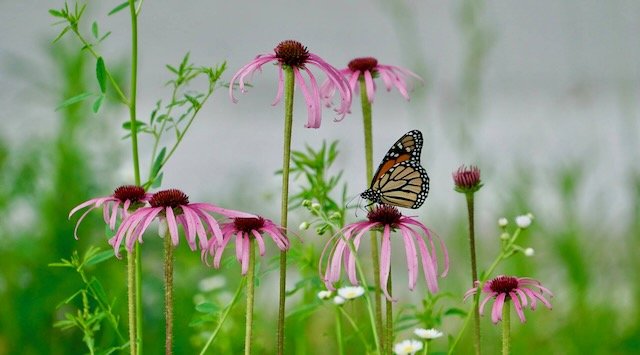Field notes and photographs by J. Cantrell
I was ten and participated on my first guided hike and it just so happened to be in amazing Yellowstone. My folks are national park enthusiasts and my mom’s mission this trip was to grant her young conservationist the gift of a rare wildlife experience.
When we think of wildlife, endangered species stories frequently emerge and they have a gloom and doom undertone to them. Biologists strategize on how to reverse the decline of the population while the nature-loving communities offer support any way they can contribute. So unfortunately when the subject regarding threatened species comes up we are prepared for a grim outcome.
The trumpeter swan is the largest of North American waterfowl and surely one of the most stunning. The trumpeters to me simply symbolize all that is graceful and stylish in nature. A swimming swan resembles an ice skater’s refined glide and their reflection appears to pursue the bird on a blue or silver mirror. The adults are a crisp bright white, while the juvenile’s plumage matches the winter sky. They are a true conservation success story recovering from brutal market hunting for their skin, feathers and meat. Quill feathered pens were a favorite instrument of John James Audubon to tailor the groundwork sketches for his celebrated bird paintings. The swan feathers inflated pillows and mattresses for the aristocrats and colonists to rest well and dream of the promises of a fresh America. The trumpeter swan contributed a great deal to our pioneer heritage and we find their presence carved on furniture, printed on currency notes, in Native American culture, and much more.
They emerge from a population less than 70 trumpeters in all of Canada and the lower 48. They rode the conservation/preservation wave of early conservation laws and the collapse of plume hunters and feather fashions. Heroes like Teddy Roosevelt, George Melendez Wright and William Hornaday were in their corner. Today, our area benefits from captive conservation breeding flocks of Iowa, Minnesota and Wisconsin. It is fortunate the birds don’t recognize state borders and so we benefit from trumpeter swans vacationing here during the winter. After being completely absent, I have now witnessed them steadily increase in our area every single winter these past 20 years. Their occurrence restores their place in our culture and history; they certainly glide across our view with a wonderful sense of style. The story of the trumpeter swan is a real conservation story. I love happy endings especially when they have a touch of class.
I look forward to seeing you on the trail. – Jeff
